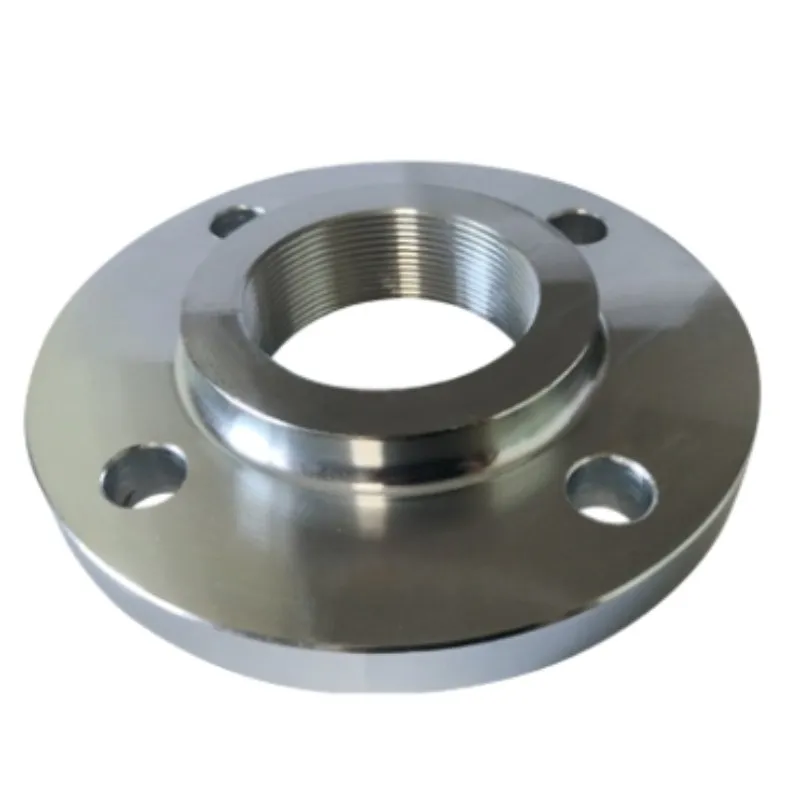-
Cangzhou Yulong Steel Co., Ltd.
-
Phone:
+86 13303177267 -
Email:
admin@ylsteelfittings.com
- English
- Arabic
- Italian
- Spanish
- Portuguese
- German
- kazakh
- Persian
- Greek
- French
- Russian
- Polish
- Thai
- Indonesian
- Vietnamese
- Zulu
- Korean
- Uzbek
- Hindi
- Serbian
- Malay
- Ukrainian
- Gujarati
- Haitian Creole
- hausa
- hawaiian
- Hebrew
- Miao
- Hungarian
- Icelandic
- igbo
- irish
- Japanese
- Javanese
- Kannada
- Khmer
- Rwandese
- Afrikaans
- Albanian
- Amharic
- Armenian
- Azerbaijani
- Basque
- Belarusian
- Bengali
- Bosnian
- Bulgarian
- Catalan
- Cebuano
- China
- China (Taiwan)
- Corsican
- Croatian
- Czech
- Danish
- Esperanto
- Estonian
- Finnish
- Frisian
- Galician
- Georgian
- Kurdish
- Kyrgyz
- Lao
- Latin
- Latvian
- Lithuanian
- Luxembourgish
- Macedonian
- Malgashi
- Malayalam
- Maltese
- Maori
- Marathi
- Mongolian
- Myanmar
- Nepali
- Norwegian
- Norwegian
- Occitan
- Pashto
- Dutch
- Punjabi
- Romanian
- Samoan
- Scottish Gaelic
- Sesotho
- Shona
- Sindhi
- Sinhala
- Slovak
- Slovenian
- Somali
- Sundanese
- Swahili
- Swedish
- Tagalog
- Tajik
- Tamil
- Tatar
- Telugu
- Turkish
- Turkmen
- Urdu
- Uighur
- Welsh
- Bantu
- Yiddish
- Yoruba

Dec . 22, 2024 00:24 Back to list
black pipe welding
The Importance of Black Pipe Welding in Industrial Applications
Black pipe welding is a crucial aspect of industrial construction and maintenance, particularly in sectors such as oil and gas, plumbing, and manufacturing. Black pipes, made from carbon steel, are frequently utilized in the transportation of gases, liquids, and other materials due to their strength and durability. The welding process for black pipes requires specific techniques and knowledge to ensure the integrity of the joints, which is vital for safety and operational efficiency.
Understanding Black Pipes
Black pipes are typically coated with a layer of iron oxide, giving them their characteristic black color. This finish provides a degree of protection against corrosion and is ideal for transporting combustible gases. Unlike galvanized pipes, which have a zinc coating, black pipes are preferred in high-temperature applications and environments where high pressure is a factor. Their ability to withstand extreme conditions makes them suitable for various industries, including construction, HVAC systems, and fuel lines.
The Black Pipe Welding Process
Black pipe welding involves several detailed steps to ensure a strong and reliable bond. The most common welding techniques used include Shielded Metal Arc Welding (SMAW), Gas Tungsten Arc Welding (GTAW), and Gas Metal Arc Welding (GMAW). Each method has its advantages depending on the specific application and conditions.
1. Preparation Before welding can commence, the edges of the pipes must be cleaned and prepared. This involves removing any dirt, rust, or scale that could affect the weld’s quality. Proper alignment and fit-up are also crucial to ensure that the pipes are securely joined.
2. Welding Technique The choice of welding technique may vary based on factors like pipe diameter and wall thickness. For instance, SMAW is often preferred for its versatility and ease of use in field environments, while GTAW provides excellent control and is favored for thinner materials. GMAW is efficient for larger production settings, offering high deposition rates.
3. Quality Control Welding black pipes is not merely about joining two pieces of metal; it involves adhering to strict quality control standards. Welders must assess their work through tests, such as visual inspections, radiographic examinations, or ultrasonic testing, to ensure that no defects are present that could compromise the overall integrity of the pipeline.
black pipe welding

Safety Considerations
Welding black pipes poses certain safety challenges. The work often involves dealing with hazardous materials and environments, requiring welders to adhere to Occupational Safety and Health Administration (OSHA) guidelines. Proper personal protective equipment (PPE) must be worn, including helmets, gloves, and flame-resistant clothing.
Additionally, since black pipes are often used to transport flammable gases, thorough leak checks and post-welding inspections are essential to mitigate any potential hazards. This vigilance helps prevent catastrophic failures and ensures the safety of workers and the surrounding environment.
The Future of Black Pipe Welding
As industries evolve, so do welding technologies and techniques. Advancements in automation and robotics are beginning to influence black pipe welding processes, improving precision and efficiency. These innovations can lead to significant cost savings and enhanced safety measures.
The growing emphasis on sustainable practices also impacts the welding industry. There is a push for recyclable and environmentally friendly materials, and black pipe welding may adapt to these trends by utilizing techniques that reduce waste and energy consumption.
Conclusion
Black pipe welding is an indispensable skill in numerous industrial applications. With its unique combination of strength, versatility, and reliability, black pipe plays a vital role in ensuring efficient transportation systems for gases and liquids. Professionals in the field must possess a deep understanding of various welding techniques and adhere to strict safety and quality standards to maintain the integrity of the systems they construct. As technology continues to develop, black pipe welding will no doubt adapt to meet future challenges, ensuring its relevance in the industrial landscape for years to come.
Latest news
-
ANSI 150P SS304 SO FLANGE
NewsFeb.14,2025
-
ASTM A333GR6 STEEL PIPE
NewsJan.20,2025
-
ANSI B16.5 WELDING NECK FLANGE
NewsJan.15,2026
-
ANSI B16.5 SLIP-ON FLANGE
NewsApr.19,2024
-
SABS 1123 FLANGE
NewsJan.15,2025
-
DIN86044 PLATE FLANGE
NewsApr.19,2024
-
DIN2527 BLIND FLANGE
NewsApr.12,2024
-
JIS B2311 Butt-Welding Fittings LR/SR 45°/90° /180°Seamless/Weld
NewsApr.23,2024











